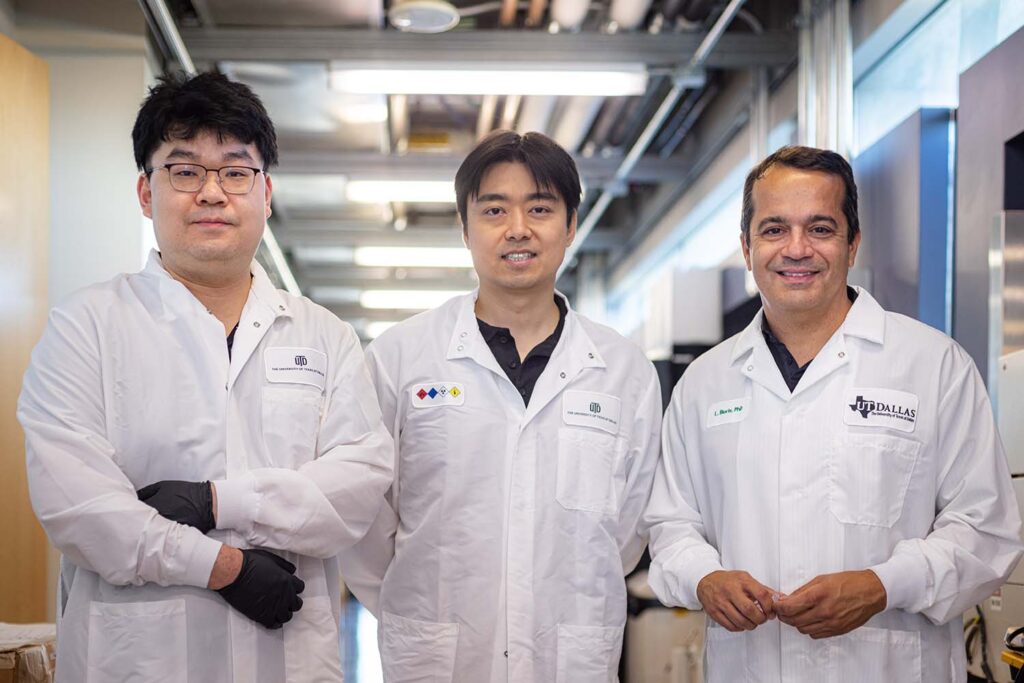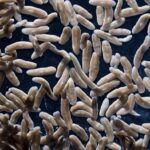Nearly 600 cell lines commonly used in biomedical research today are misidentified or cross-contaminated, according to a recent paper and several additional studies. One estimates that nearly 33,000 studies have used misidentified cells, leading to questionable results and potentially billions of dollars in economic damage.
The issue extends beyond research. Even cell lines that originate from the same source can accumulate genetic differences over time, which may alter the quality and performance of the final products. “This is a big factor in biomanufacturing,” Leonidas Bleris, PhD, co-founder of SyntaxisBio and professor of bioengineering at the University of Texas at Dallas, tells GEN.
Bleris and his team at SyntaxisBio, “develop unique cell line identifiers that guarantee provenance,” he says. Consequently, scientists can verify a cell line’s provenance when it arrives from a supplier, and as it moves among labs or divisions within an organization.
Entropy of INDELs
The technology “leverages the intrinsic entropy of DNA lesion repair mediated by Terminal deoxynucleotidyl Transferase (TdT),” Bleris and colleagues reported.
“The approach is inspired by semiconductor technology, where physical unclonable functions (PUFs) are used to guarantee secure device identity.”
To adapt the technology for use in living cells, the scientists used CRISPR genome editing to cut the DNA at a safe harbor location, ensuring that they do not introduce any off-target effects.
By overexpressing TdT, the team was able to bias DNA repair toward frequent random insertions, thereby increasing repair entropy. “The quality of genetic PUFs depends on generating unpredictable insertions and deletions (indels) during NHEJ (non-homologous end-joining) repair of CRISPR-mediated cleavage,” he says. PUFs produced by this method are robust, unique to each cell line, and unclonable.
In contrast, “Today’s gold standard—short tandem repeat (STR) profiles—are not unique to the particular clone, and sometimes they’re not even unique to the particular cell type,” Bleris points out.
The technology is being commercialized by SyntaxisBio, which Bleris co-founded with Alexander Pertsemlidis, PhD, professor, University of Texas Health San Antonio. “We have licensed the patents from the university and have received Small Business Technology Transfer support from the National Institutes of Health (NIH),” Bleris says. The team is working on the next generation of PUF-based technologies now.
For the future, Bleris says, “Using the Phase I funding from NIH, we’re looking into ways to use these identifiers to monitor the age of the cell line,” based on changes in the frequency of these unique identifiers in cells.


